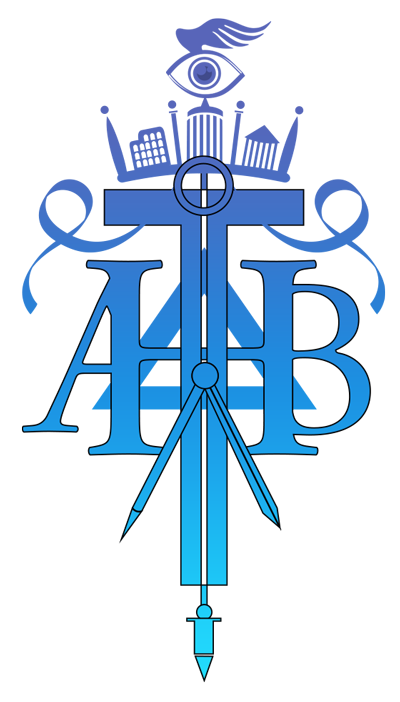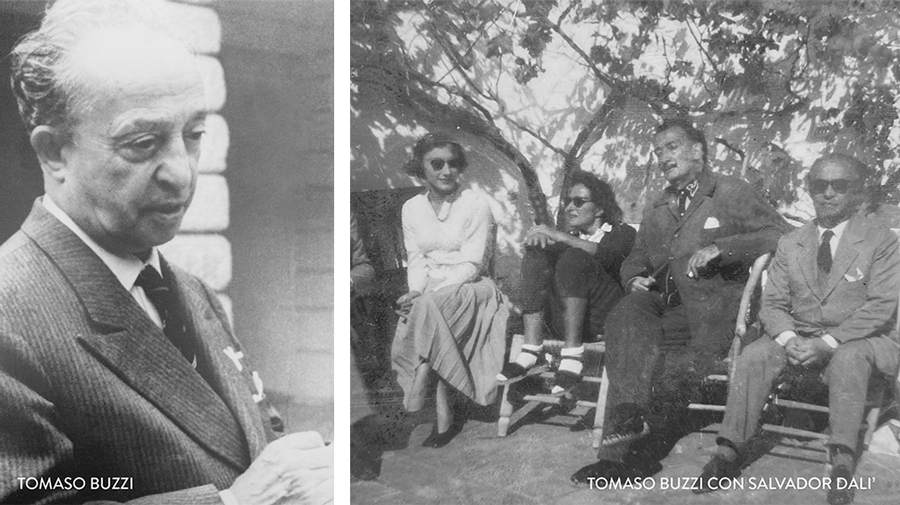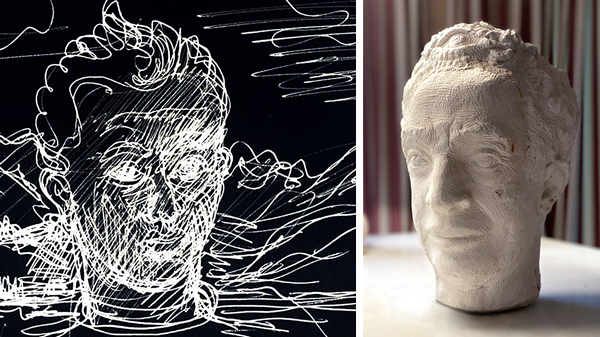TOMASO BUZZI THE DESIGN
“In my hive, the most common verb is “buzzicare”, the buzzing of the bees. A Buzzi cannot buzz if passion does not sting”
“La Scarzuola is the perfect place for ants, the lizards basking in the sun, the snails leaving silver pathways on stones, the silkworms huddled in their cocoons and then weaving their noble threads, the bees building architectural hives, the butterflies, the crickets, the cicadas, and every other little light that worships the sun.”
La Scarzuola is Tomaso Buzzi’s elusive, surreal, fairytale version of a vision. He acquired the Franciscan convent in 1956 with the intention to restore it, and then began building his ideal “city”, a theatrical edifice, next to the convent, elaborating his original plan from 1958 to 1978. The “Buzziana” city has seven theatres, and an Acropolis that hosts a series of empty rooms filled with empty compartments, imitating termite tunnels, that represent varying archetypes and present varying perspectives. He was inspired by Francesco Colonna’s Hypnerotomachia Poliphili (1499, Aldo Manunzio editore). The best way to describe his style is Neo-mannerism; the stairways leading towards every angle, purposefully disproportionate in certain sections, and the presence of monsters and superimposed buildings, brings an air of surreal, evocative, geometric, astronomical, and magical energy to this labyrinth.
















